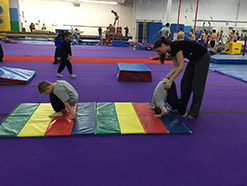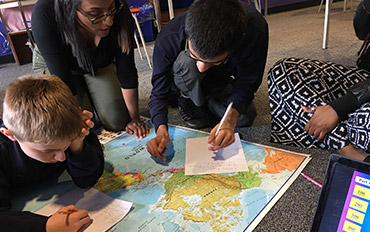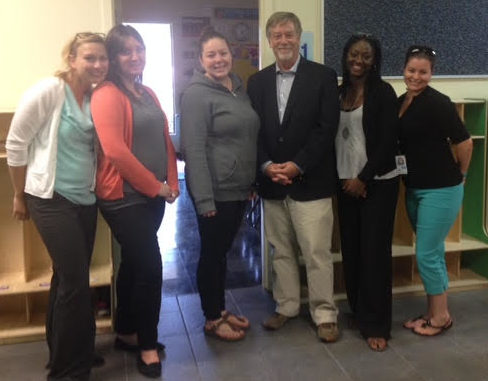Continuing with our series on schools using the Developmental, Individual differences, Relationship-based (DIR) model, let’s look at Oakwood Academy in Mississauga, Ontario. It’s the only DIR-based school in Canada and features the opportunity for its students to integrate with the private International Baccalaureate (IB) school in which they are housed, St. Jude’s Academy. We spoke with the Transition Supervisor, Amy Cooke.
The school’s founders, Michele Power and Trillian Taylor, first started with KidsCan Centre charity in 2007, which is still active. It was the first in the area to provide social skills groups and social emotional programming for children with developmental differences. By 2010, they decided to start their own school, having fallen in love with the DIR model, and Oakwood Academy was born.
The name ‘Oakwood’ came from the original location of the school which was on Oakwood Avenue South in Port Credit. The school has since moved twice, and is now settled at a permanent location.
Students have biweekly sensory integration occupational therapy, speech and language therapy, and seasonal activities of music therapy on site, and gymnastics and swimming off site, plus a few field trips each school year.

Photo Copyright Oakwood Academy

Photo Copyright Oakwood Academy
A typical school day involves applying sensory activities for the students, created with the occupational therapist, with visits to the sensory gym or around the school, or playing outside.
Classrooms have a modified curriculum centred around individual differences. Students with 1-to-1 support have small shared classrooms with 1 to 3 students that are used as their home base and also participate in small group activities.

Photo Copyright Oakwood Academy

Photo Copyright Oakwood Academy
Programming is always tailored to individual differences and follows the motivations of the students. It is provided through relationships with the staff who are always meeting the students where they are at developmentally.
Oakwood, like the Rebecca School, uses process-oriented learning, involving students in every step of the learning process to promote relating, communicating, and thinking.

Photo Copyright Oakwood Academy
Parents are offered presentations about the DIR model and have regular opportunities throughout the year to have parent coaching in Floortime, and are involved in the creation of their student’s Individualized Education Plan (IEP) each school year.
Thank you to Amy Cooke for taking the time to interview for this blog post.
Until next week… here’s to affecting autism through playful interactions!




